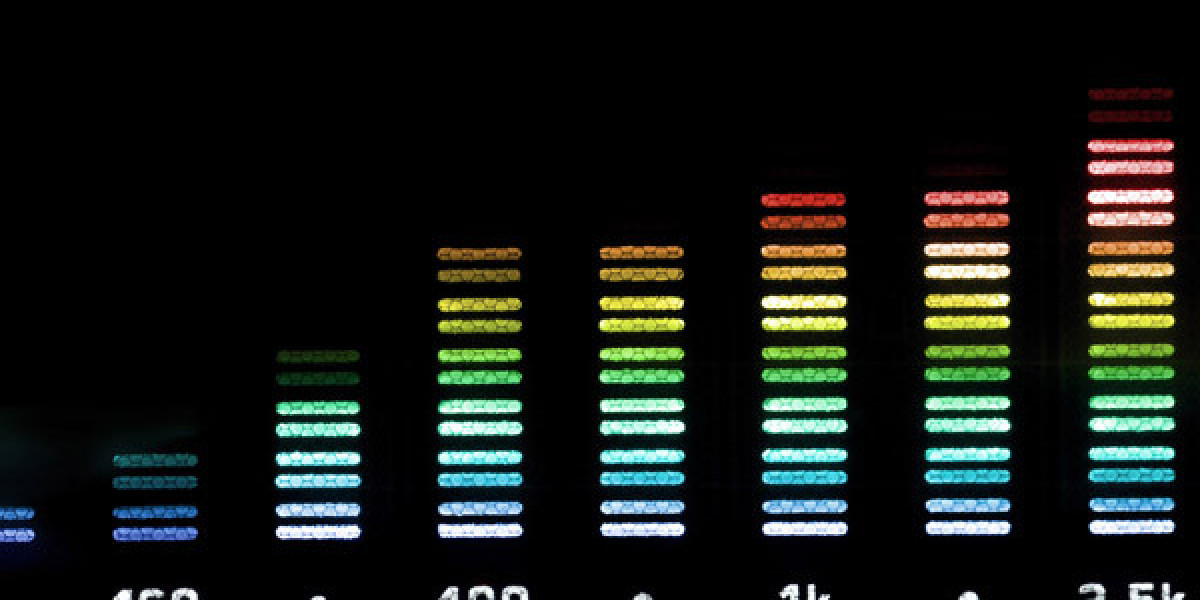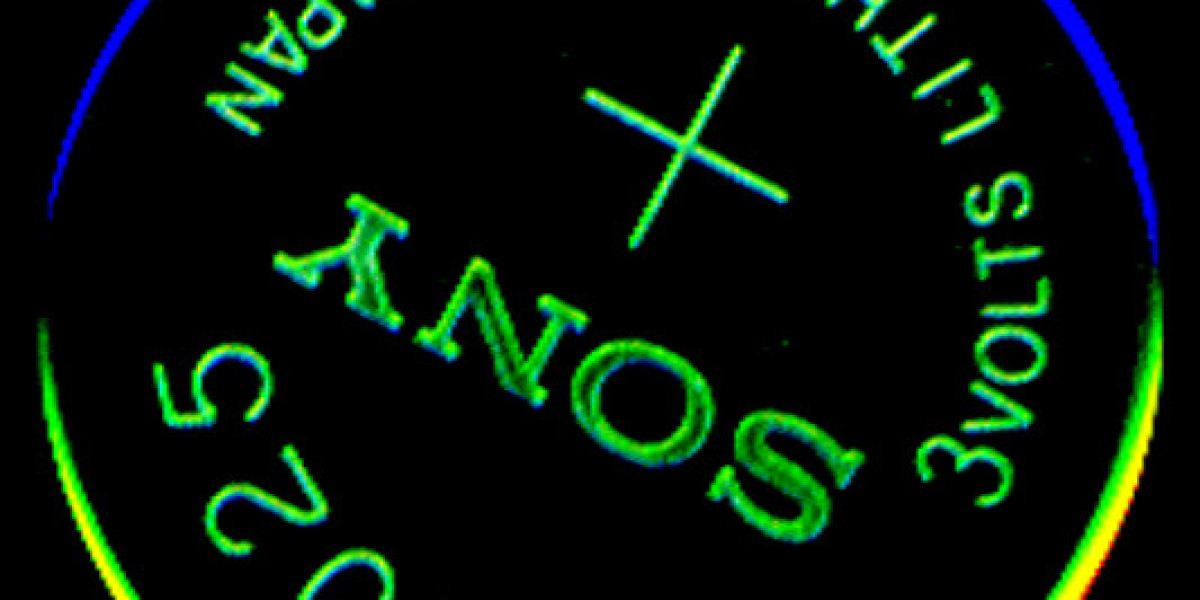Top 14 Steroid Cycles: Novice, Intermediate, And Advanced Users
A Practical "From Beginner to Advanced" Guide for Testosterone‑Based Steroid Cycles
> Disclaimer
> • This is an educational overview only; it does not endorse or encourage illegal activity.
> • The information below reflects typical practices reported by users and some medical literature.
> • Always consider legal, health, and ethical implications before any use.
---
1. Core Principles of a Steroid Cycle
| Step | What to Do | Why It Matters |
|---|---|---|
| Goal setting | Define the purpose (muscle size, strength, aesthetics). | Determines drug choice, dosage, length. |
| Select compounds | Pick anabolic agents (e.g., testosterone esters, nandrolone) + optional aromatase inhibitor / anti‑estrogen if needed. | Balance performance benefits vs side‑effects. |
| Determine dose & schedule | Start low, increase gradually; use a tapering protocol. | Reduces toxicity and withdrawal symptoms. |
| Plan duration | 8–12 weeks for most cycles. | Longer cycles raise cumulative risk. |
| Design post‑cycle therapy (PCT) | Include SERMs (tamoxifen/Clomid) or aromatase inhibitors; monitor hormones. | Rest endocrine function, avoid estrogen withdrawal. |
| Set monitoring protocol | Baseline labs: CBC, CMP, lipid panel, liver enzymes, fasting glucose, testosterone, estradiol, LH/FSH. Repeat every 4 weeks. | Detect subclinical issues early. |
- Keep doses ≤ recommended limits (e.g., 500 mg/week for testosterone).
- Use injection routes that reduce hepatic load (subcutaneous, intramuscular).
- Maintain hydration and balanced diet to support liver function.
- Avoid concurrent hepatotoxic substances (alcohol, certain supplements). |
| Create contingency plan |
- If liver enzymes >3× ULN: discontinue anabolic agent; consider hepatoprotective agents (e.g., N-acetylcysteine) and re‑evaluate with a hepatologist.
- If lipid panel shows significant dyslipidemia: initiate statin therapy after consulting cardiology, adjust diet, monitor quarterly. |
| Documentation & Review | Record all baseline metrics, monitoring results, interventions, and outcomes in the patient’s chart. Schedule annual review of risk stratification and update plan accordingly. |
---
5. Summary
- Baseline assessments are essential to quantify each patient's hepatic and cardiovascular status before initiating anabolic therapy.
- Risk stratification should integrate all baseline data to guide dosing, monitoring frequency, and necessary preventive measures.
- Monitoring schedules must be individualized but generally include quarterly labs for liver function and nationalcarerecruitment.com.au lipids, with additional imaging or specialist referrals as warranted by any abnormalities.
- Intervention thresholds are clearly defined; exceeding them mandates prompt action—ranging from dosage adjustments to discontinuation of therapy—to prevent serious complications.








